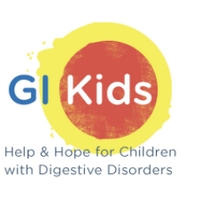
GI Kids
@gikidsorg
Help and hope for children with digestive disorders
ID: 314743200
http://www.gikids.org 10-06-2011 18:51:12
4,4K Tweet
1,1K Followers
104 Following







General benefits of #yoga include self-regulation and focus. Yoga can also help relieve #stress, #anxiety, depression, and various other chronic medical conditions. Learn more about the benefits of yoga for kids from HealthyChildren: healthychildren.org/English/health…












